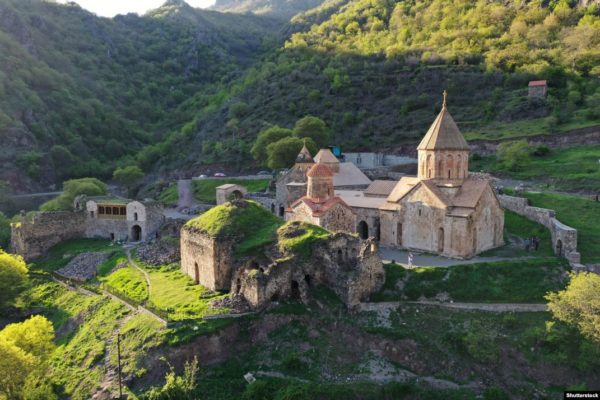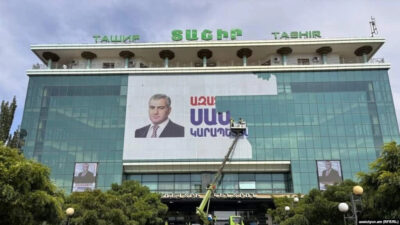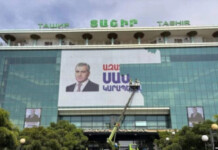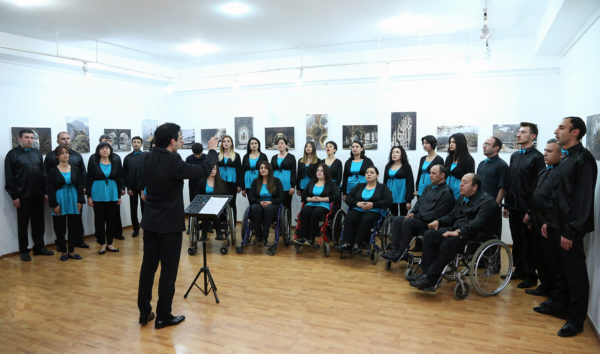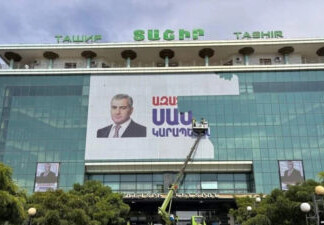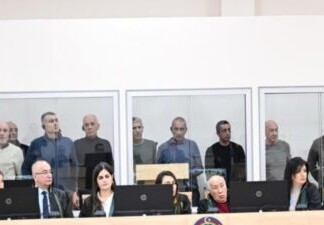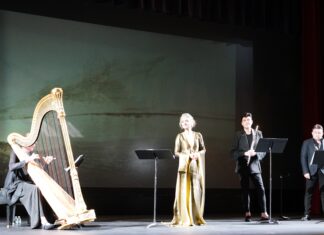NEW YORK — It was five years ago that I visited the crowning glory of Artsakh, the Dadivank Monastery. Inside the almost bare church, except for fresco paintings and numerous Armenian inscriptions, was an elderly woman lighting a candle. I approached and asked, “Mayrig Jan, what are you praying for?” She replied without hesitation, “Khaghaghoutiun” (Peace). Boldly I asked her age, thinking she was in her 90s. “Sixty-five,” she said, her beautiful face lined with wrinkles, reflecting the suffering she had endured for her family that she had lost in the first Karabakh war.
This majestic and spiritual structure is one of hundreds of churches, monasteries, ancient cross stones, cemeteries, manuscripts and other sacred artifacts under the control of Azerbaijan now. The Dadivank Church complex (9th to 13 centuries), is located in the rugged Kelbajar region, replete with high peaks where wild horses roam, and dense forested slopes surrounding numerous Armenian villages. The complex includes two frescoed churches, a refectory, winepress, library and bell tower with delicately carved Khachkars (cross stones), and many medieval Armenian inscriptions.

On December 6, the Azerbaijanis sent to Dadivank an Albanian priest from Azerbaijan who claims that there are 300 churches in Artsakh of Albanian origin, a false assertion. For the time being, Russian peacekeepers are guarding Dadivank, and the Armenian abbot of the monastery, Fr. Hovannes Hovhanissian, has vowed he will never leave the sacred church.
However, throughout the more than 50 percent of Karabakh now in the hands of the Azerbaijanis are hundreds of churches and thousands of sacred sites without Russian protection, including the Yeritsmankants monastery in Mardakert, the Katarovank, and the 13th century Gtichavank in the Hadrut region, the Tsitsernavank in the Kashatagh Province, the partially destroyed Cathedral of Ghazanchetsots (Holy Savior) in Shushi, bombed twice, and so many others.
The Azerbaijani flag has now been raised on Vankasar Church in the Aghdam district.
Even after the ceasefire, gangs of Azerbaijanis and terrorist mercenaries put swastikas and wrote the words “Sumgait, Baku, Kirovabad” on the Holy Savior Cathedral, the cities in Azerbaijan where Armenians were hunted down and killed in 1988. There are also videos of Azerbaijanis in Kelbajar kicking down several gravestones in the Armenian cemetery, and desecrating khachkars.
